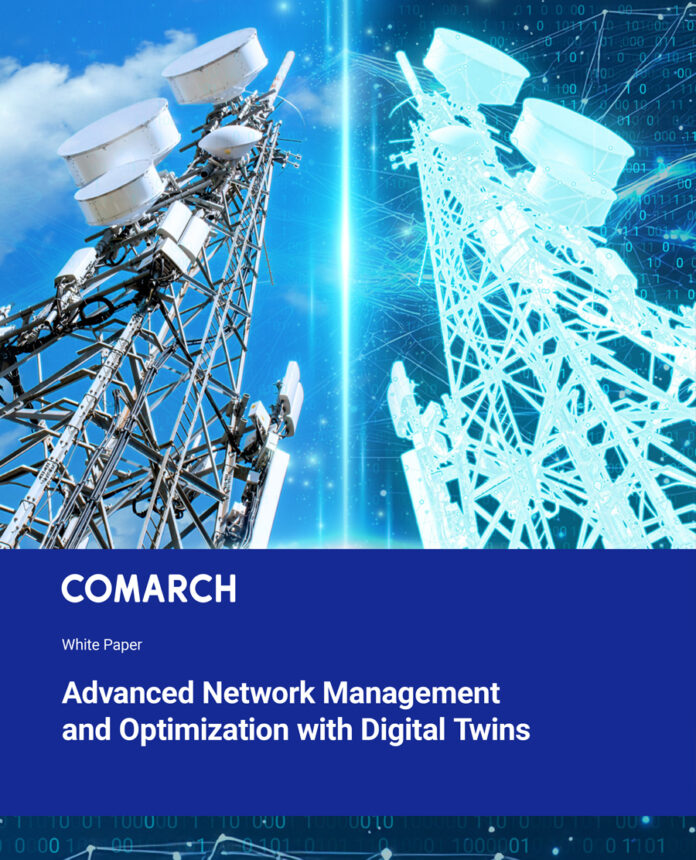The increasing complexity, capabilities and demand on telecommunications networks mean operators need new tools to ensure efficiency, sustainability, security and quality. One solution, particularly in the light of the rapid adoption, development and expansion of autonomous networks, is digital twin technology.
Digital twins are virtual replicas of entire network ecosystems, covering infrastructure, connectivity and services and delivering advanced autonomous capabilities such as self-configuration, diagnosis, healing and optimization. They do this by providing safe testing environments in which AI can be developed without risk of impacting the real network until the operator is satisfied that changes can be implemented safely and securely.
Of course, deploying such advanced technological solutions is not without challenges. Adopting new technologies always comes with challenges, and digital twins are no exception. With traditional systems that are still in place in many networks, there could be issues ensuring real-time data accuracy and synchronization – and AI is only as good as the data it receives. In addition, networks are often still fragmented, with elements from different vendors and domains. Digital twin technology requires unification and centralization, which means new ways of managing network planning and supervision.
All of these challenges can, however, be overcome with the right solutions. Our new white paper, entitled “Advanced Network Management and Optimization with Digital Twins”, explains how Comarch’s products and experts can help achieve this, and explores in-depth more of the benefits of digital twins.
Download your free copy here, and start your journey into network transformation today.



